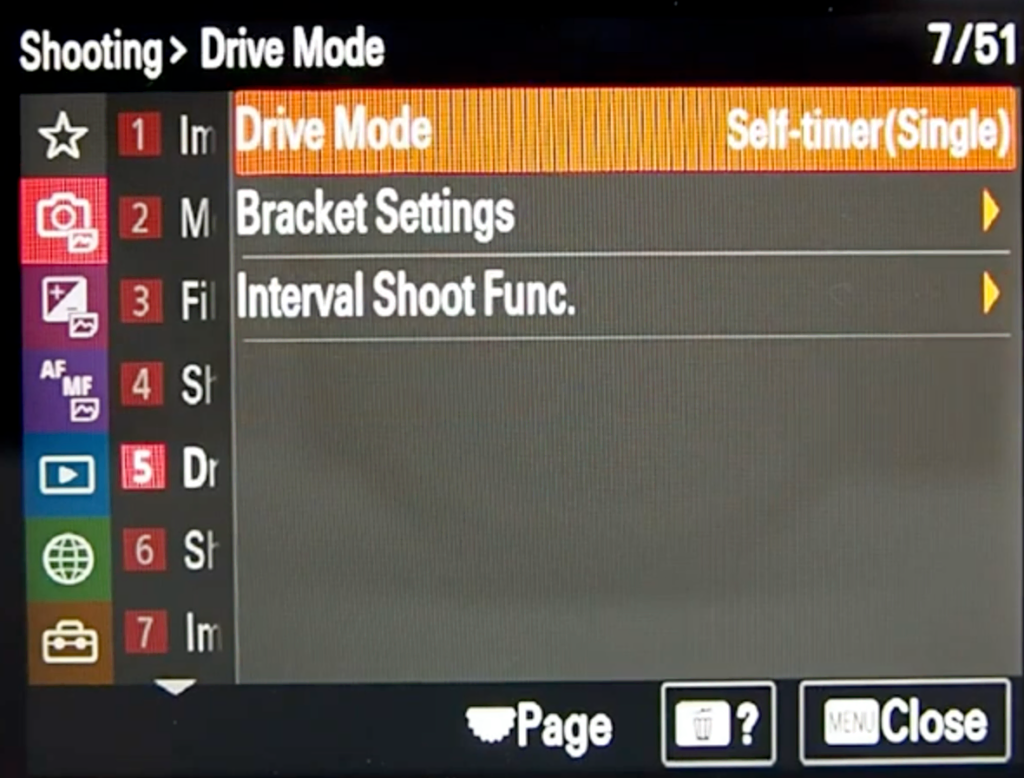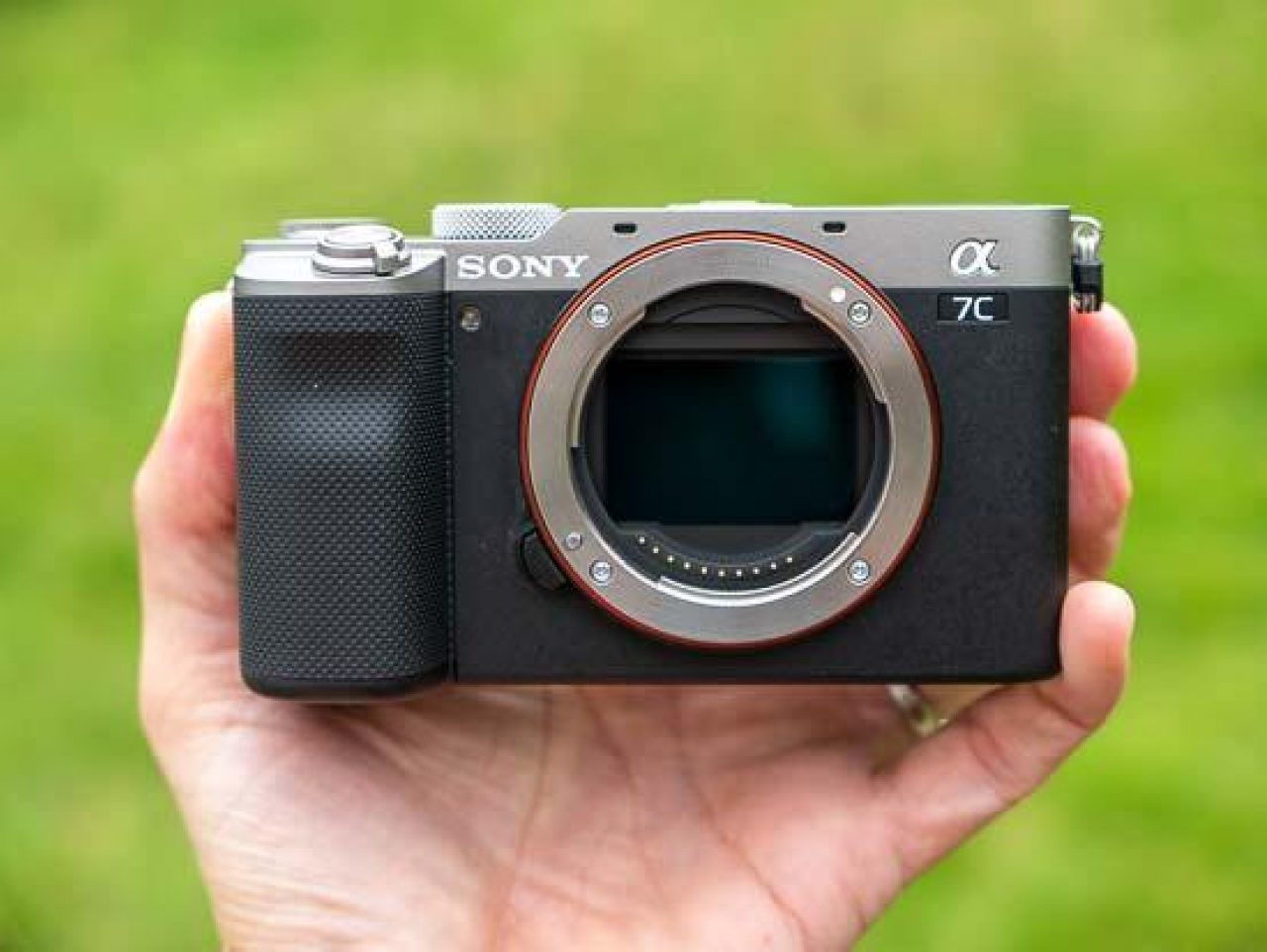
This shows the amount the camera thinks an image will be over- or underexposed, based on the settings you have selected, and helps you find the best exposure for the subject.
#White balance bracket cinema picture style manual
We personally use this capability more than Aperture- or Shutter-priority metering in our own shooting.Īn interesting feature when using Manual exposure mode is the electronic analog exposure display visible in the optical viewfinder data readout. (That is, if the automatic program would have chosen 1/125 second and f/5.6, you could instead direct the camera to use 1/60 at f/8 or 1/30 at f/11, to get greater depth of field.) This is a very handy option for those times when you need some measure of increased control, but still want the camera to do most of the work for you.

We mention it, though, so you'll know what it is if or when you see it.Ī very nice touch that's common to other Nikon DSLRs is that, while in Program AE mode, you can rotate the Command dial to select different combinations of aperture and shutter speed settings than those normally chosen by the autoexposure system. Most users will never notice the effect of light overloads with the D40, as it generally takes something on the order having the sun itself in the frame to cause streaking with a gated CCD. See our discussion of " Shutter Control vs CCD Gating" in our D80 review for more detail on this topic. The downside is that large light overloads can cause streaking or smearing in its images. This makes it easy to produce very brief exposures without the expense of a really high-speed mechanical shutter, and as a consequence also permits very high x-sync speeds. This mean that the CCD itself is actually exposed to incoming light for a longer period of time (perhaps 1/100 - 1/200 second), but the camera manipulates the chip's control voltages to only allow light collection for a much shorter period of time. What's up? It turns out that the D40, like the D70, D70S, and D50 before it, has a relatively slow mechanical shutter, but "gates" the CCD for its shortest shutter speeds. This exceptional x-sync speed might seem strange compared to the 1/200 second x-sync speed of the D80, a more expensive camera. The D40's x-sync speed for flash use is a very high 1/500 second, which makes it possible to take photos under fairly bright conditions that look as if the flash were the only light source.

#White balance bracket cinema picture style full
Available exposure modes include Full Auto, Program AE, Manual, Aperture Priority, and Shutter Priority modes with shutter speeds from 1/4,000 to 30 seconds available in 1/3 EV steps, as well as a Bulb setting for longer exposures. The Nikon D40 gives you all the exposure options you'd expect in a high-end prosumer SLR, matching more or less identically the capabilities of the D50 in this area.


 0 kommentar(er)
0 kommentar(er)
